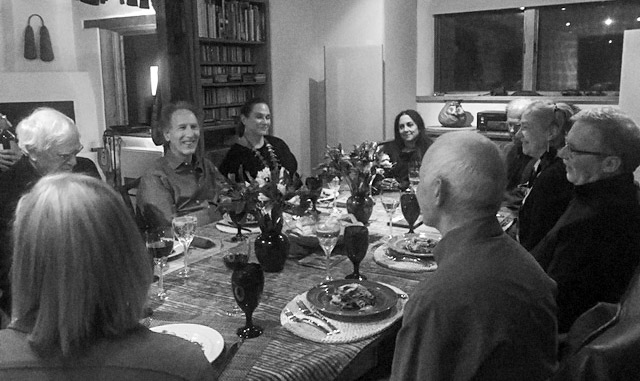
Panza Llena, Corazón Contento: SAR Guest Services Gelatina Cake Recipe
Guest services assistant Carla Tozcano shares an adaptation of a traditional Mexican recipe.

Guest services assistant Carla Tozcano shares an adaptation of a traditional Mexican recipe.
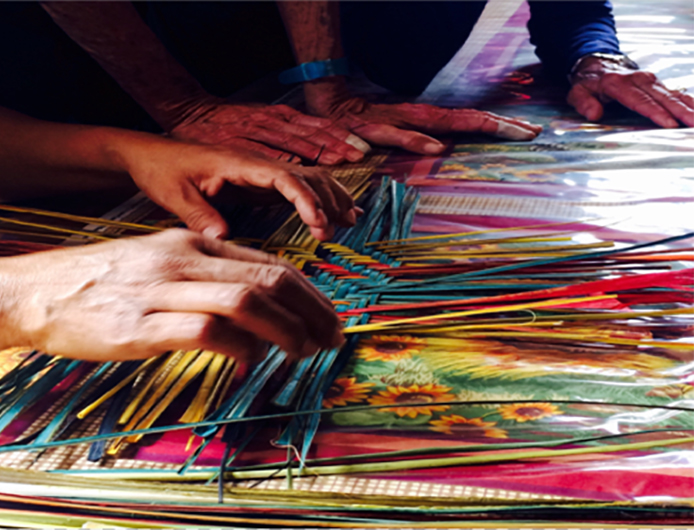
SAR Indian Arts Research Center staff members reflect on their favorite pieces from the collection. Read on about a unique work by Iva Honyestewa, 2014 Eric and Barbara Dobkin fellow, selected by IARC Administrative Assistant, Daniel Kurnit.
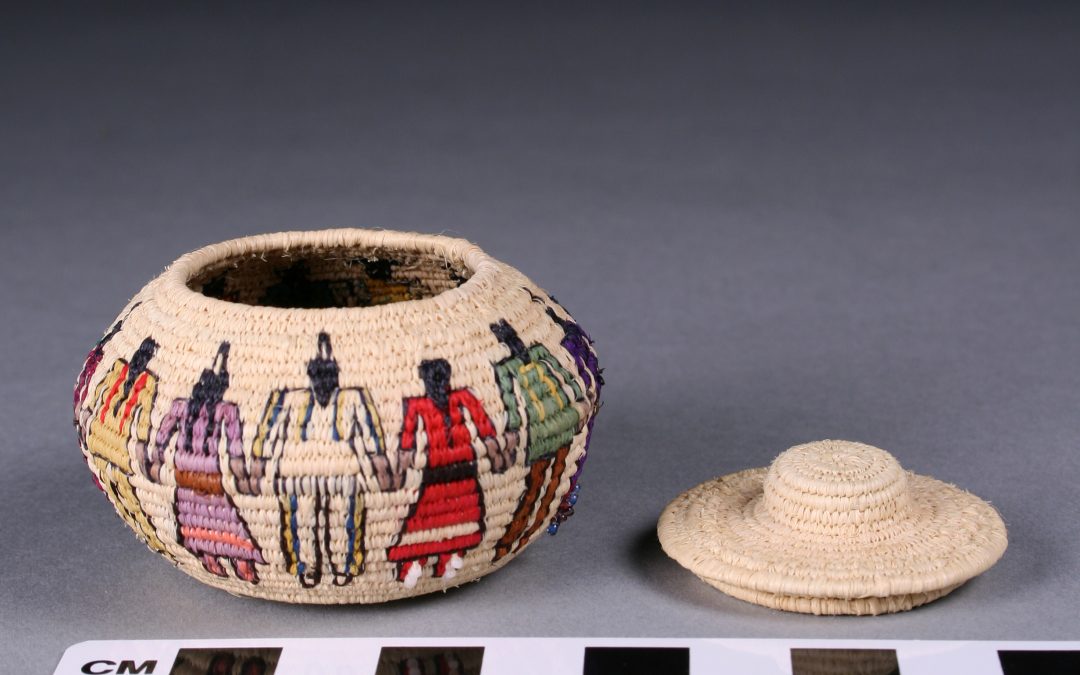
Over the last few weeks, SAR Indian Arts Research Center staff members have spent some time reflecting on their favorite pieces from the collection. Here is one of the pieces that was selected by IARC collections assistant Molly Winslow.
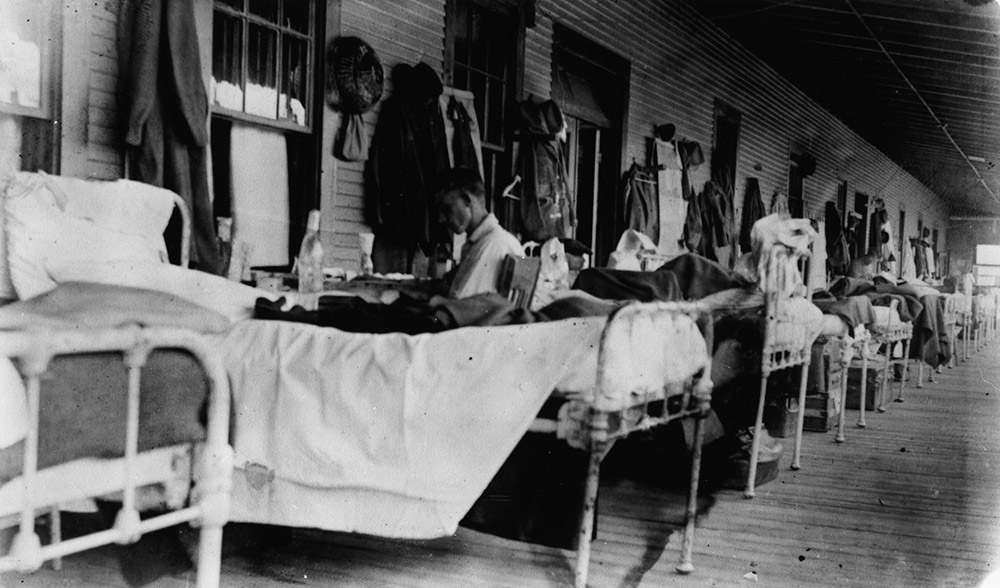
SAR Scholar-In-Residence, Nancy Owen Lewis, author of Chasing the Cure in New Mexico: Tuberculosis and the Quest for Health, shares a guest post exploring the impact of the 1918 flu in New Mexico and lessons to be learned within the context of the current COVID-19 pandemic.
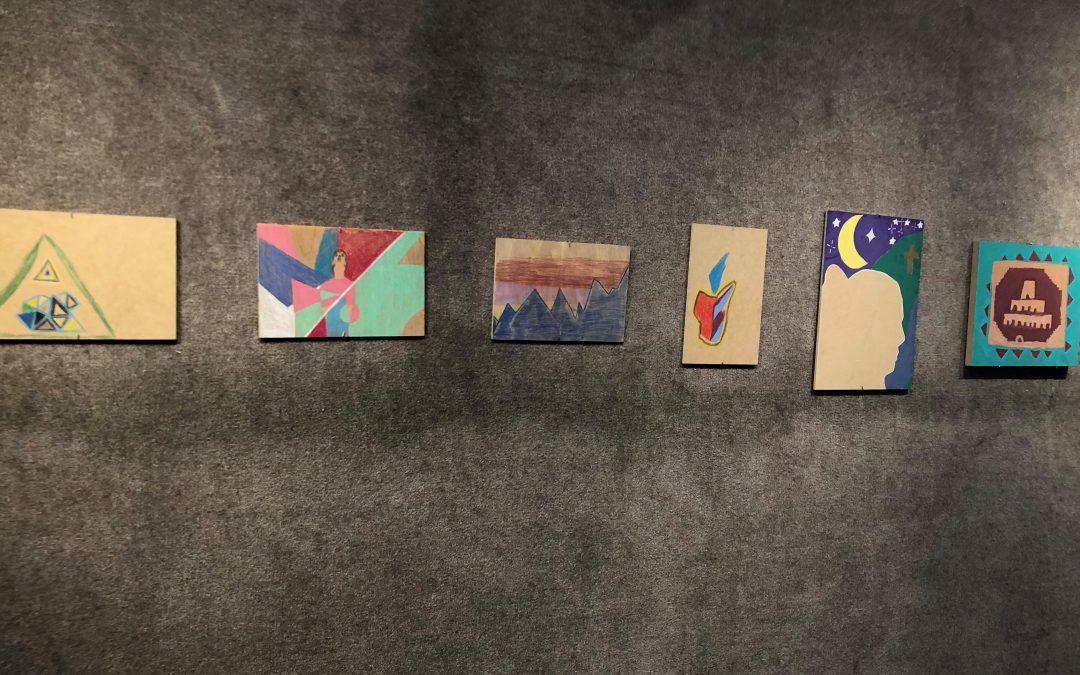
Santa Fe’s Youth Development Program houses incarcerated youth from Santa Fe and surrounding areas, many of whom come from Native American communities. As stewards of important cultural works, the School for Advanced Research’s Indian Arts Research Center has developed a program that enables the education staff to facilitate art activities with these youth. Open until February 7, 2020, From Within, shares the work that has been created created out of this partnership.
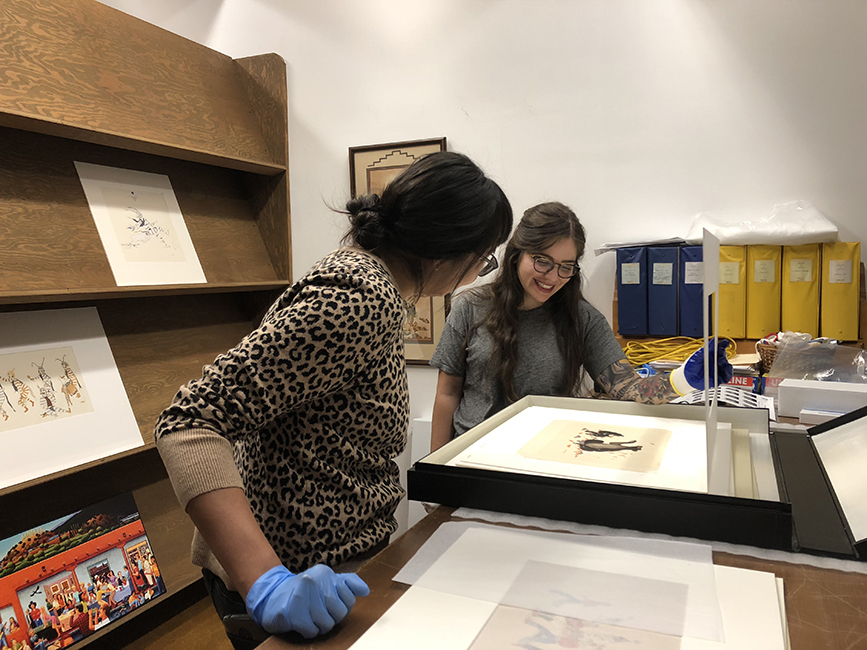
For Felicia Garcia, SAR’s new curator of education at the Indian Arts Research Center (IARC), one of the most exciting reasons to be at SAR is a proven dedication to community that drives much of the work at the IARC. We spoke with Felicia about what makes the IARC unique, the importance of land acknowledgement practices, and how the education department fits within the organization. Listen to the full interview and explore highlighted excerpts.
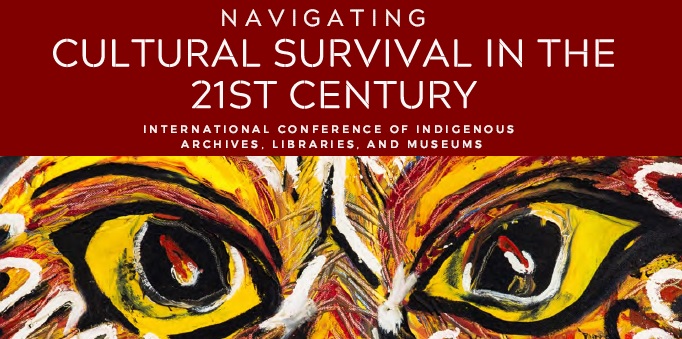
Erin Monique Grant, SAR’s 2019 Anne Ray Intern, reports on the 12th Annual International Conference of Indigenous Archives, Libraries, and Museums hosted in Temecula, California. Grant shares her experiences and reflects on the events that included a keynote address by US poet laureate Joy Harjo (Muscogee Creek Nation).
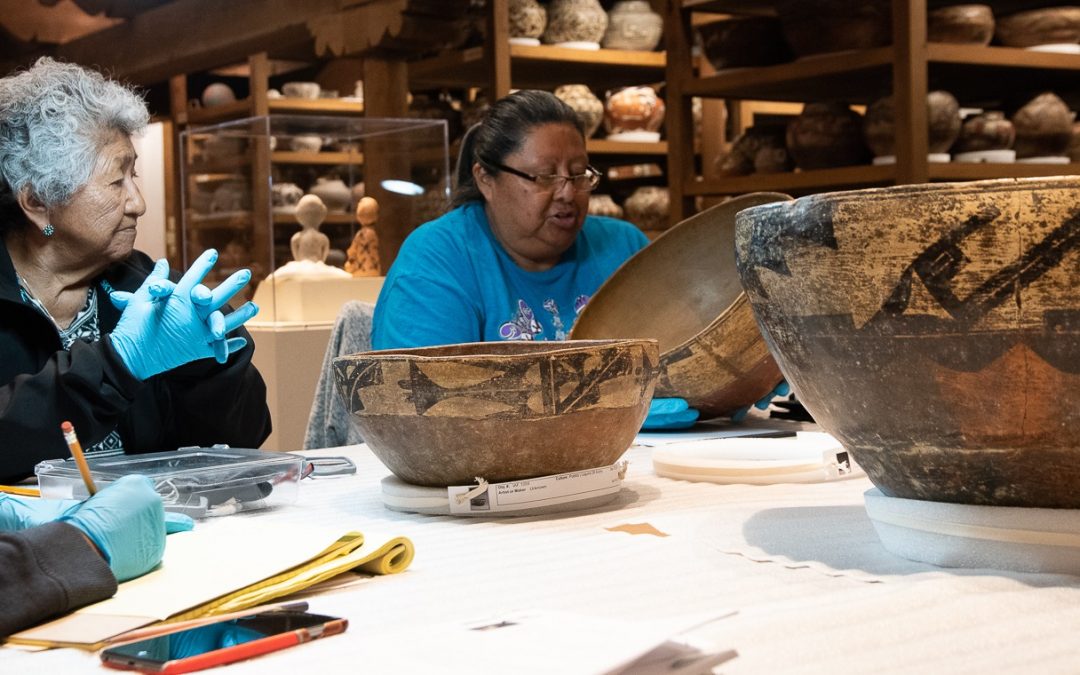
The School for Advanced Research (SAR) is pleased to announce the publication of the Guidelines for Collaboration, theoretical and practical guides to building successful collaborations between Indigenous communities, museums, and other collecting institutions. The Guidelines are the product of several years of critical discourse between over sixty Native and non-Native museum professionals, cultural leaders, artists, and scholars experienced in collaborative work in various institutions in the United States, Canada, and New Zealand. Available only in limited release until now, the Guidelines are already being used by internationally recognized institutions including Chicago’s Field Museum and University of California–Los Angeles (UCLA) in collaboration with the Getty Conservation Institute.
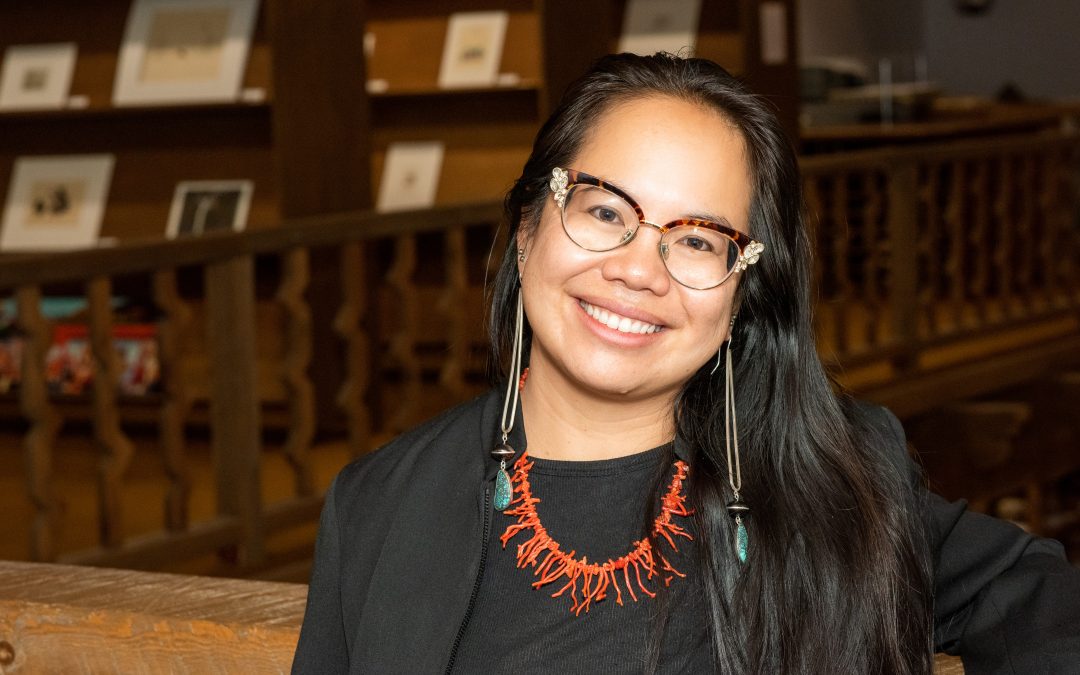
The School for Advanced Research (SAR) is pleased to announce the appointment of Elysia Poon as the new director of SAR’s Indian Arts Research Center (IARC). With over a decade of experience within the organization as the IARC curator of education and nearly twenty years of museum experience, Poon has demonstrated a commitment to collaborative programming and a dedication to community-based collections care. Under her leadership, the IARC will continue to advance national conversations around how collecting institutions and Native American communities can work together to foster cultural heritage and promote contemporary art practices.
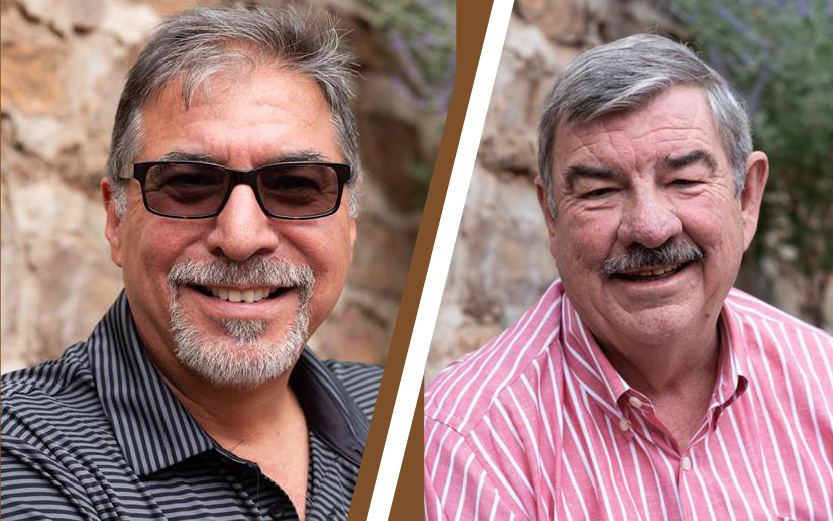
The School for Advanced Research in Santa Fe, New Mexico, is pleased to welcome two new members to its board of directors: John Nieto-Phillips, Vice Provost for Diversity and Inclusion and Associate Professor of History and Latino Studies at Indiana University, Bloomington, and Thomas R. Conner, former trial attorney and founder of TIRR Foundation/Mission Connect, a nonprofit dedicated to improving the lives of those living with paralysis or traumatic brain injuries.